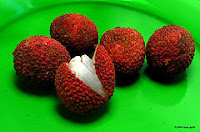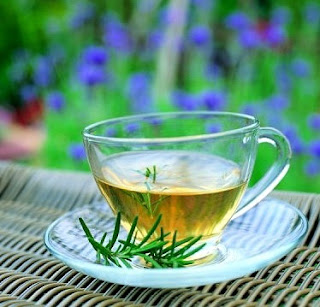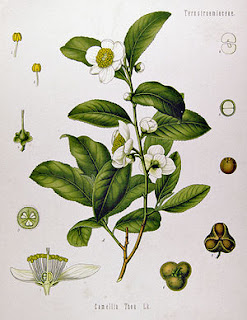
During winter weather, when chilly temperature and frosty wind triumphs more than the earth, populaces like to eat foodstuff which instantaneously warm their bodies and pushes up their emotional state. The hot pot is a delectable and energetic selection. Families or groups of friends assemble about a table and munch from a steaming pot in the core, cooking, drinking and chatting. Consuming hot tub is not a unreceptive movement. Diners have got to choose morsels of equipped raw food from plates sprinkled about the table, rest them in the pot, wait for them to cook, fish them out of the soup, dip them in the preferred sauce, and then eat them hot, fresh, and tender. They can also ladle up the broth from the pot and drink it.
The cooking being in progress its there some waiting, so the diners may drink a little hard liquor. Togetherness ensues, which pacifies their hearts. Weilu--to 'circle' a hot pot--has a deep and reflective connotation to the Chinese, who are gregarious and strongly stress family and clan. It is cozy, yet informal. It's not a feast, yet it can obtain as much time as one. It uses a single pot, yet is speckled in ingredients, sauces, and cooking styles.
It originated in the north, where people have to fend off the chill early in the year. It multiply to the south during the Tang dynasty (A.D. 618-906). Later, northern nomad who advanced in China enhanced the pot with beef and mutton, and southerners did the same with seafood. In the Ching dynasty, the hot pot became admired all the way through the whole area of China.
The pot itself is habitually ceramic or metal. In the past, charcoal was the preferred fuel. Nowadays people use mostly gas or electricity for this purpose; only the most nostalgic use charcoal. Alcohol is also used occasionally. Some of the pots are equipped with a chimney in the middle along with a valve for controlling the size of the flame.
The soup stock is prepared well beforehand and is made by boiling beef, pork, or chicken bones. Meat, seafood, vegetables, tofu, and bean noodles are the most popular ingredients. Freshness commands. Pork, beef, and chicken are often presented side by side; mutton is less frequently used. Meat should not be cooked too long; otherwise it will lose its tenderness. It's best for the meat to be cut as thin as paper, and that's why a sizable piece of meat often shrinks to a small bite after being boiled.
Seafood usually includes shrimp, crab, oysters, clams, squid, cuttlefish, and fish fillet. To make sure the morsels do not drift away or sink to the bottom or hide somewhere, a strainer in which each diner can hold onto his or her delicacies is recommended. Meat, seafood, and egg come in ball or ravioli-like form.
Popularly used vegetables are cabbage, spinach, turnip, green onions, celery, and lettuce. Lettuce is a special favourite among diners for its tender, crispy, and sweet nature. People use a variety that does not have a head and whose leaves are dark green, resembling those of chrysanthemums. Fresh vegetables should be boiled only lightly. Mushrooms of various kinds, dried or fresh, are widely used, as are dried lily flowers. Bean curd and bean noodles serve as more than just fillers. They do not have much taste themselves, but they absorb the richness of the other ingredients. Bean noodles are usually cooked later to help finish up the soup. Some people put plain rice into the last of the soup to make a porridge. Consistent with Chinese culinary thrift, nothing is wasted.
The sauces are also pre-prepared. Some are personal concoctions; while most consist of soy sauce, vinegar, and hot pepper, some people like to beat a fresh egg, or just the white of it, into the sauce. Like other Chinese cuisine, various kinds of hot pot from the mainland have congregated in Taiwan since the arrival of mainlanders in 1949. The Taiwanese have also developed their own styles and have even imported foreign varieties. In Taiwan today, Korean, Japanese, Thai, and Swiss hot pots exist alongside Chinese ones.













